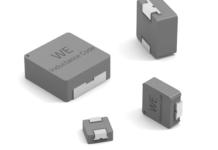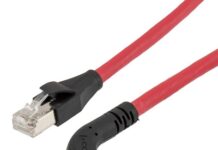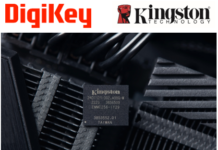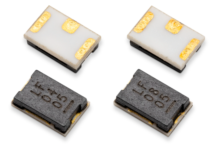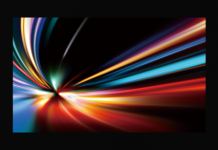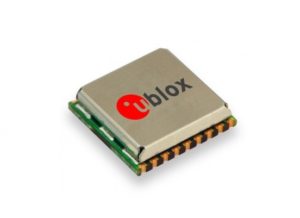
u‑blox, a global leader in wireless and positioning modules and chips, announced its automotive grade MAX‑M8Q‑01A GNSS module. Measuring 9.7 x 10.1 x 2.5 mm, it is the smallest automotive grade GNSS module on the market to offer an operating temperature range from – 40°C to 105°C.
With over a decade of experience working with the automotive industry, u‑blox has positioned itself as a leading provider of GNSS technology for the growing automotive market. The automotive grade MAX‑M8Q is the company’s third automotive grade GNSS module to date, alongside the NEO‑M8Q‑01A and NEO‑M8L‑03A modules, further enlarging the automotive positioning product offer.
MAX‑M8Q‑01A is designed to meet the stringent requirements of the automotive market, providing superior positioning accuracy even in challenging environments such as urban canyons. Its extended temperature range ensures reliable performance even in harsh environments, e.g. when mounted in a car‑roof antenna. Produced in adherence to the u‑blox 0 ppm program, which aims to bring down product failures rates to zero and consistently achieve high production quality, the module is delivered with the automotive industry’s standard PPAP documentation to ensure compliance with customer requirements.
The module offers product developers a reduction of design and qualification time and effort, shortening time‑to‑market and considerably reducing risks for new product development.
“We developed this automotive grade GNSS module in the small MAX form factor in response to customer requests for a GNSS receiver that operates reliably in an extended temperature range,” says Franck Berny, Senior Principal, Automotive Market Development, Product Center Positioning at u‑blox. “We are confident that the module’s high quality, robust and secure performance, and small form factor will appeal to the automotive industry at large.”
Product developers will be able to get their hands on initial samples of MAX‑M8Q‑01A by mid‑December 2017.



